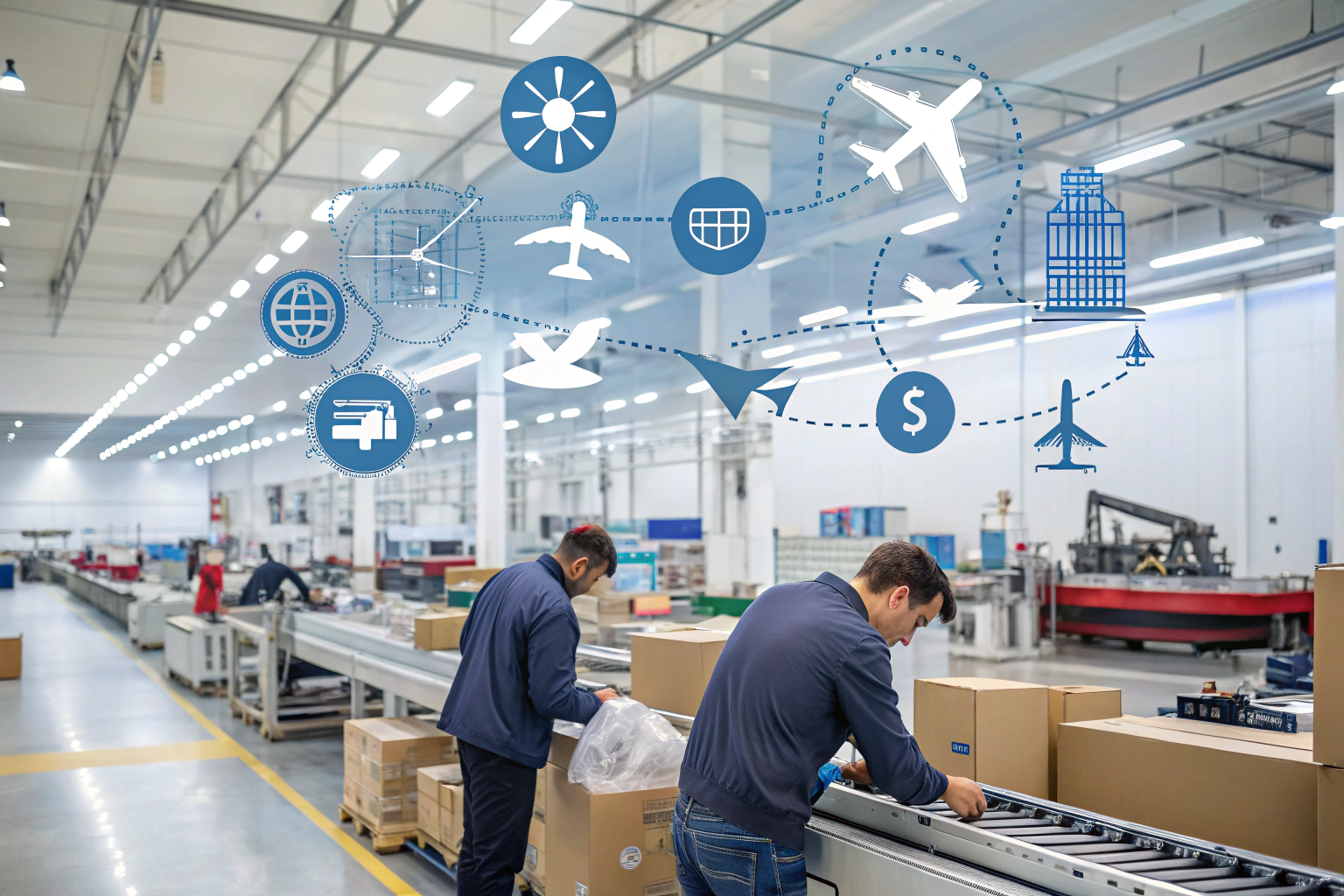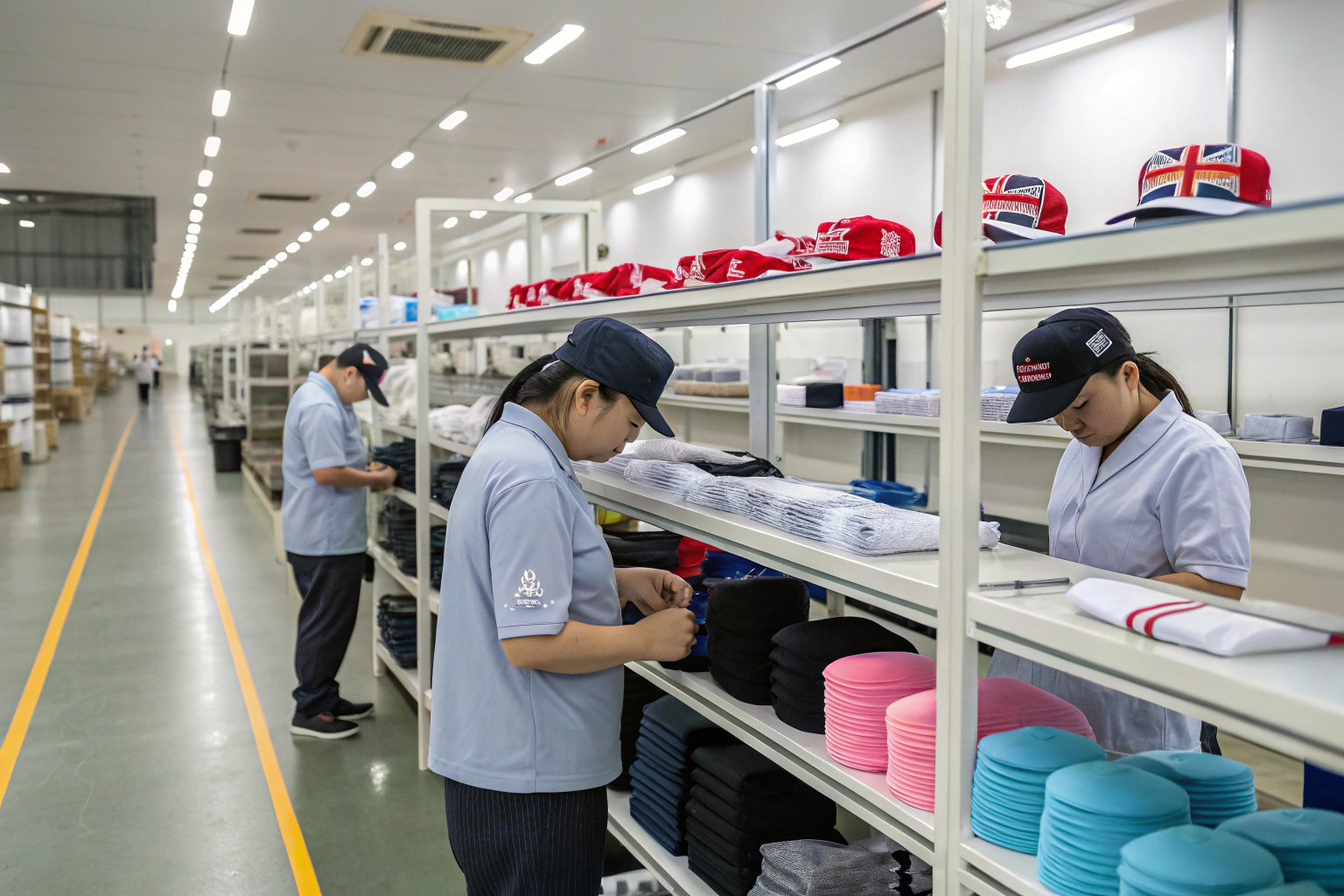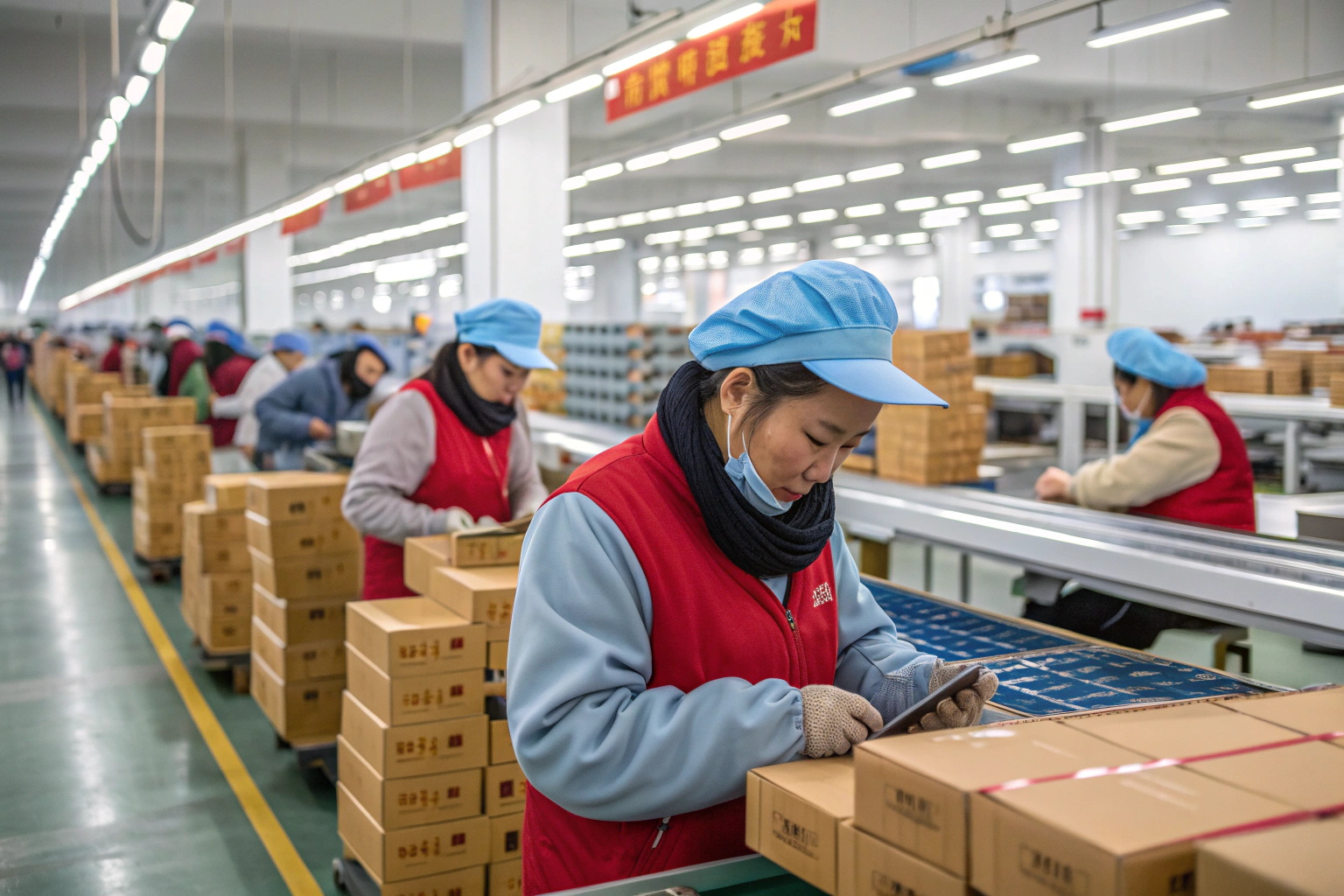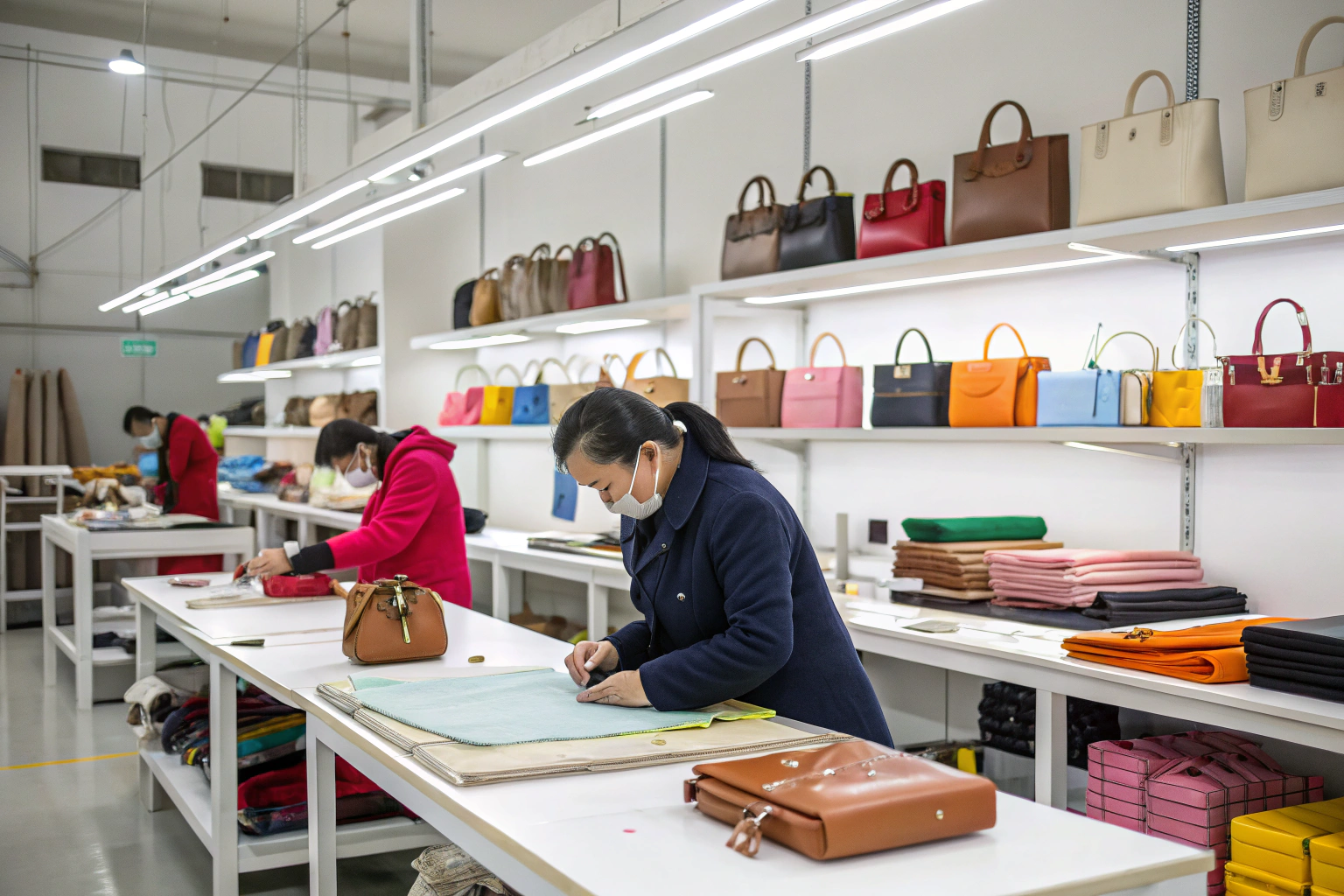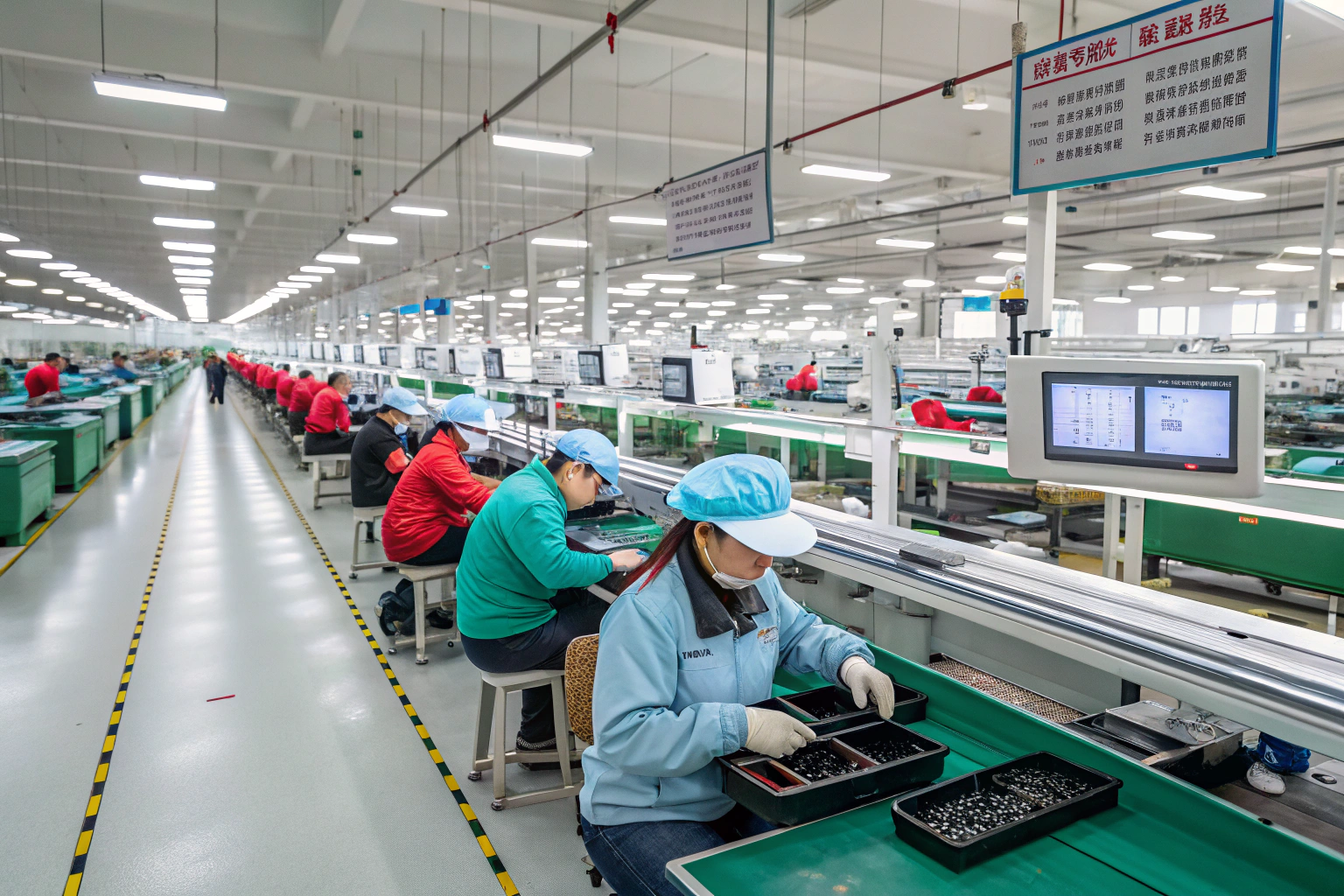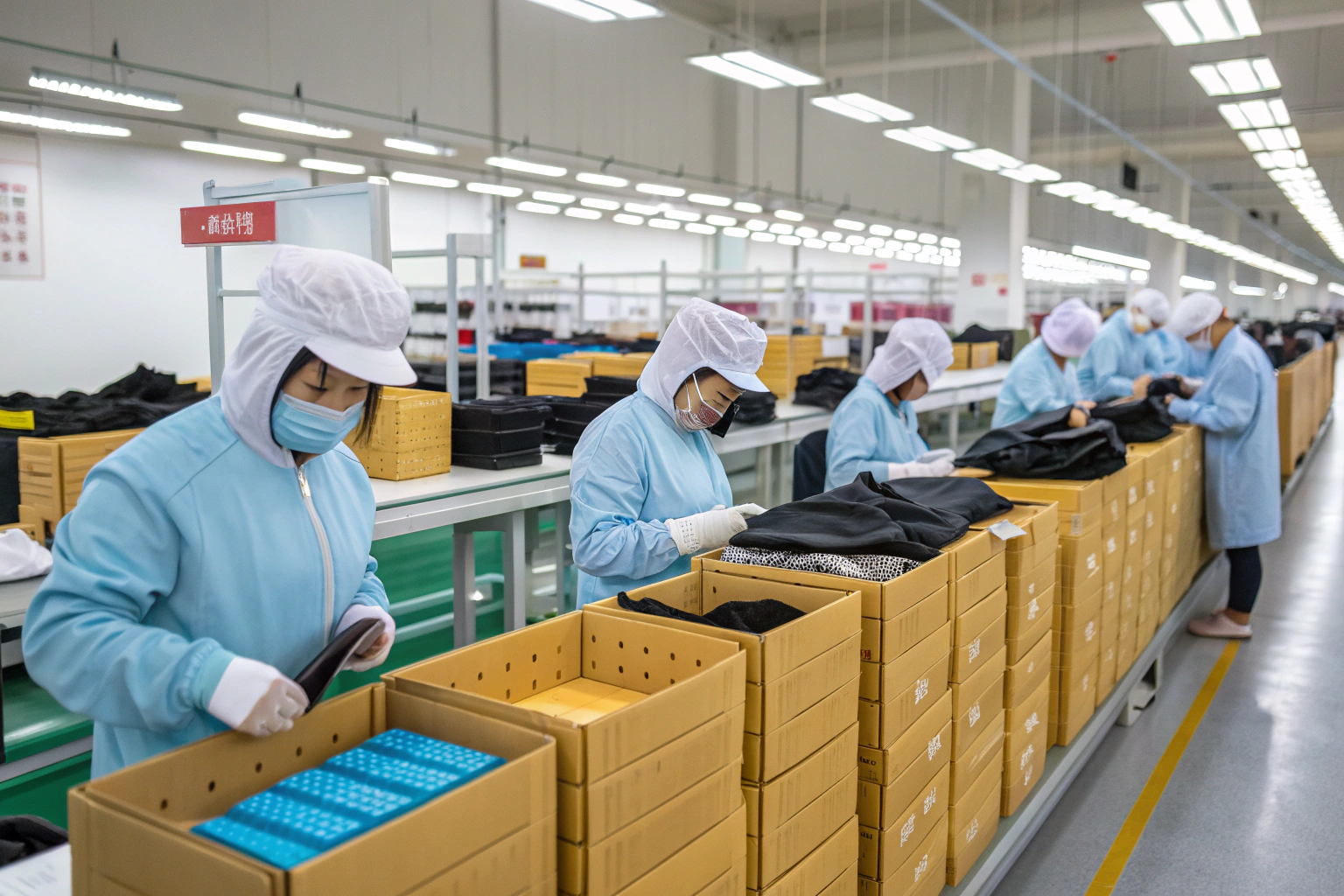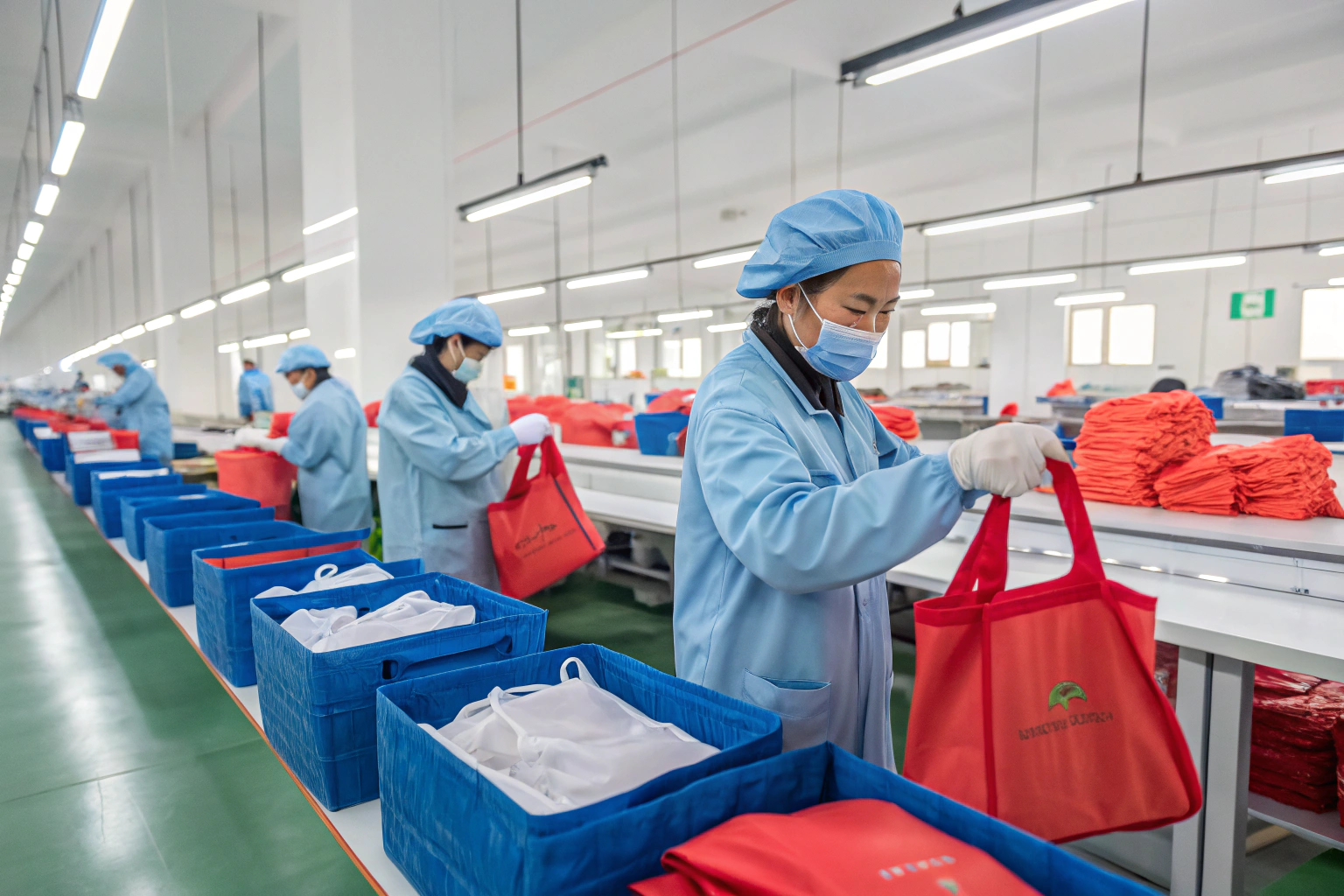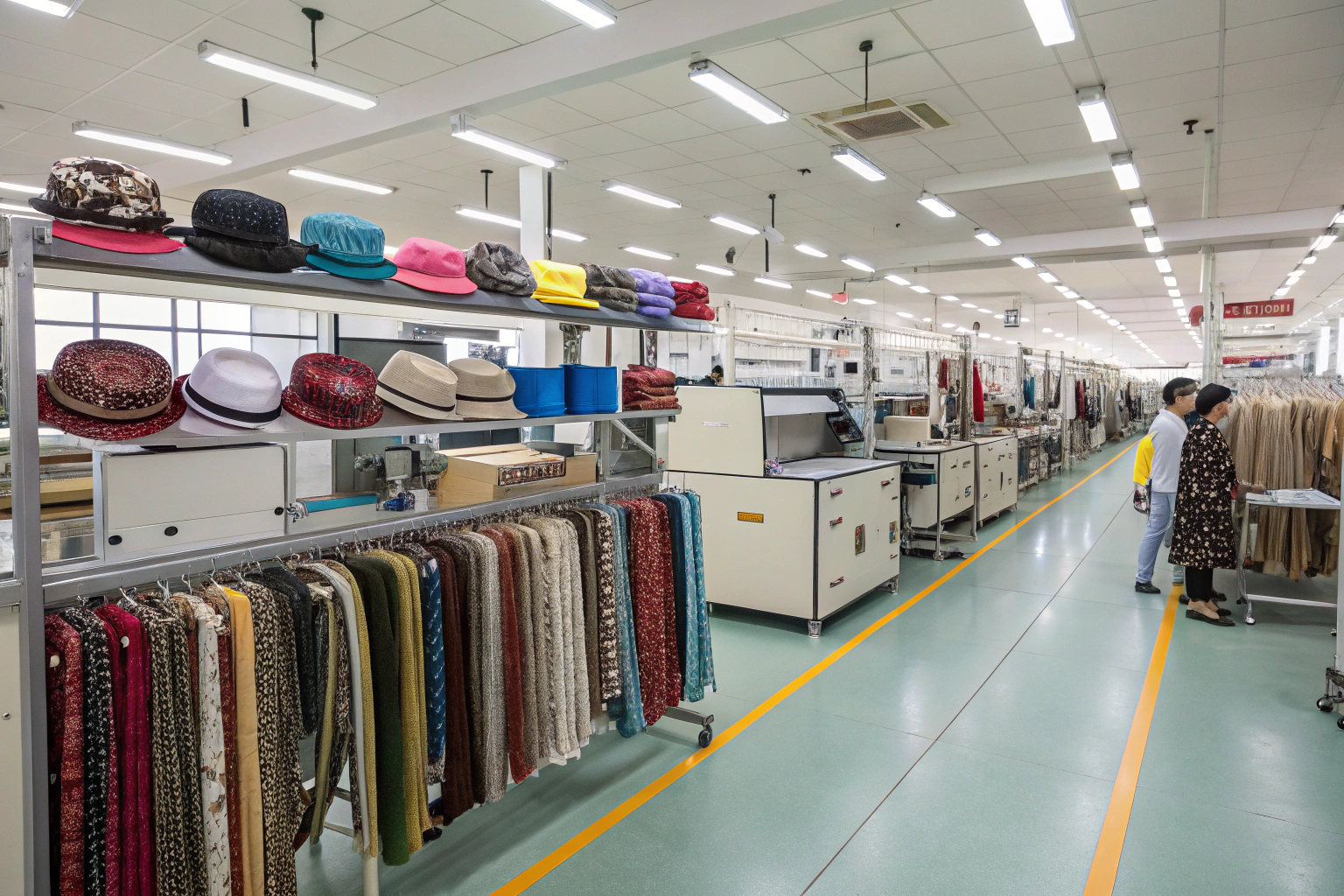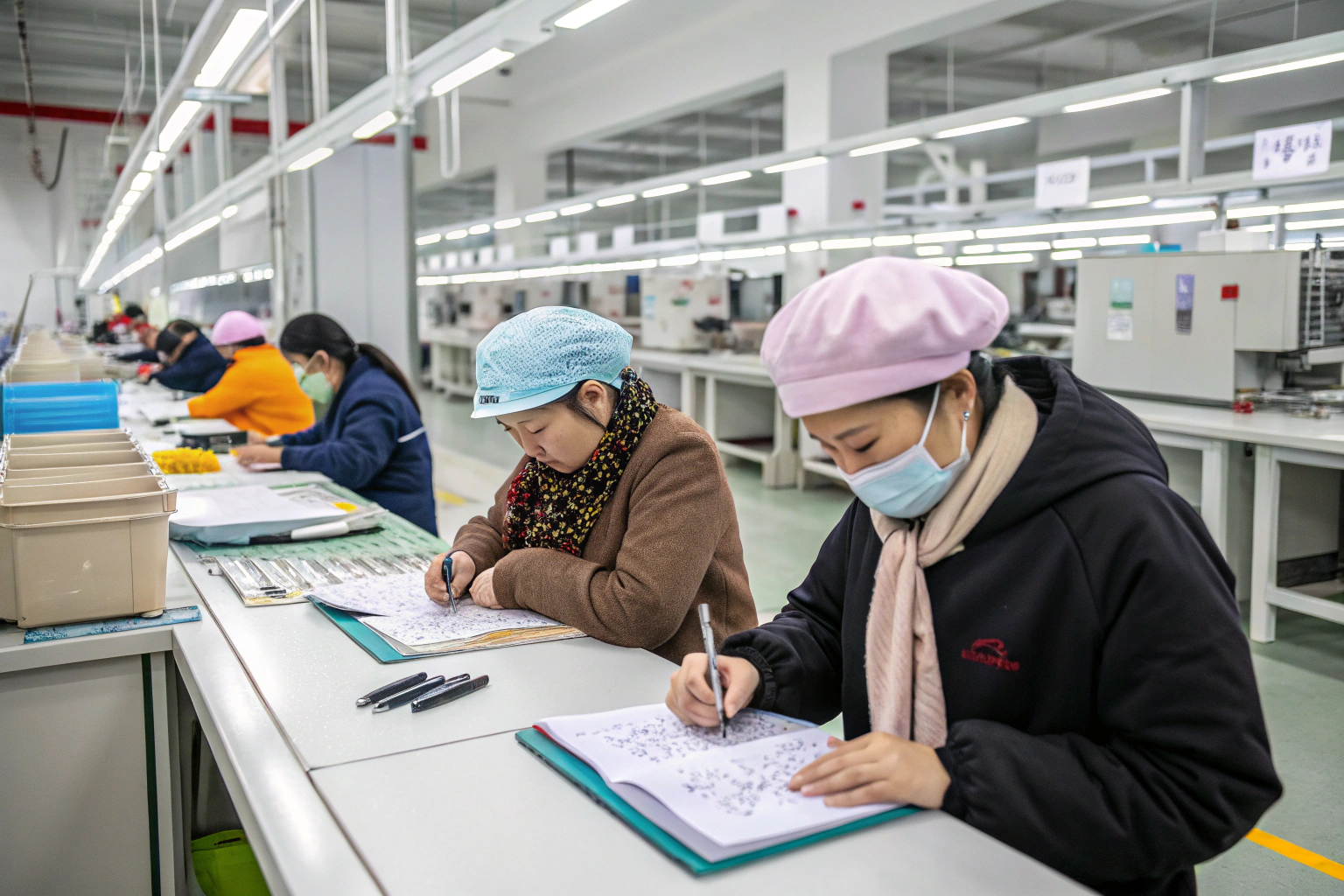As a seasoned Chinese accessory manufacturer serving global clients like major supermarkets and fashion brands, I’ve seen firsthand how customs duties impact importers’ margins. For companies sourcing from China to the U.S. or Europe, a 10-25% tariff can quickly erode the price advantage of offshore production.
Reducing customs duties through trade agreements is a strategic way to cut costs and stay competitive. This article explores the top options available for U.S. and European importers to reduce or avoid duties when sourcing from China and beyond.
Most businesses are unaware of the legitimate channels they can use to lower landed costs. But by understanding how trade agreements work—and how to align production and paperwork accordingly—you can protect your profit margins and reduce compliance risks. Let's break down your options.
What Are the Most Common Duty Reduction Programs?
Many brands unknowingly overpay import duties because they don’t tap into the available duty reduction programs. The key lies in understanding which programs your product qualifies for and how to navigate their documentation requirements.
Duty reduction programs like GSP, FTA, and duty drawback systems can save importers thousands annually. They apply to eligible goods based on origin, value-added thresholds, or re-export rules.
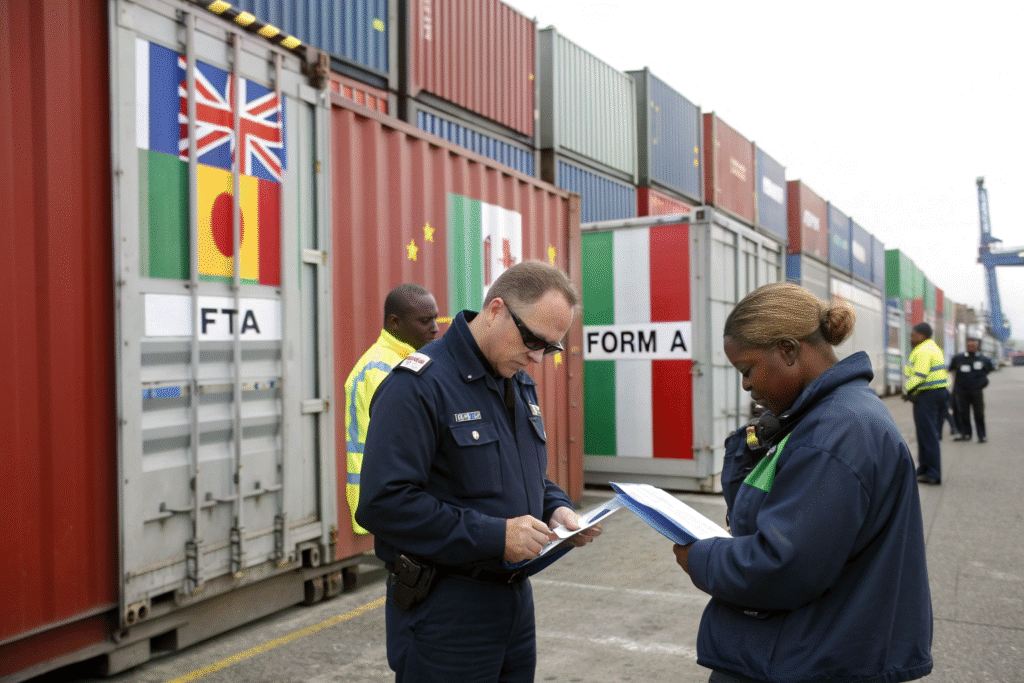
What Is the Generalized System of Preferences (GSP)?
The GSP program allows eligible products from developing countries to enter the U.S. duty-free. While China is not eligible, many accessory components or subassemblies made in GSP countries like Cambodia or Bangladesh may qualify. For example, a hair clip assembled in Cambodia from Chinese raw material might still qualify under GSP if it undergoes sufficient transformation.
This works well when parts of your supply chain are already spread across Asia. Many of our U.S. clients use a hybrid sourcing model to benefit from GSP while still leveraging our development expertise in China.
How Does the Duty Drawback Program Help?
If you import goods into the U.S. and later re-export them—for example, as unsold stock returned to Asia or as finished kits sent to Europe—you might qualify for duty drawback. This refund system returns up to 99% of the duties paid. We’ve helped clients recover tens of thousands in customs overpayments just by adjusting their export documentation and matching HS codes.
To qualify, you need to maintain accurate import and export records, including matching serials or lot numbers. Working with experienced freight forwarders and manufacturers like us helps ensure this traceability.
Can Importers Benefit from Free Trade Agreements?
Free trade agreements (FTAs) exist to simplify trade and reduce tariffs between specific countries. While China is not part of most FTAs with the U.S., brands can still benefit indirectly through partner country sourcing, manufacturing adjustments, or routing strategies.
FTAs like USMCA, EU-Vietnam, and RCEP offer powerful tariff-reducing routes when utilized strategically. These options are particularly relevant for brands sourcing multi-country components or assembling final goods outside China.
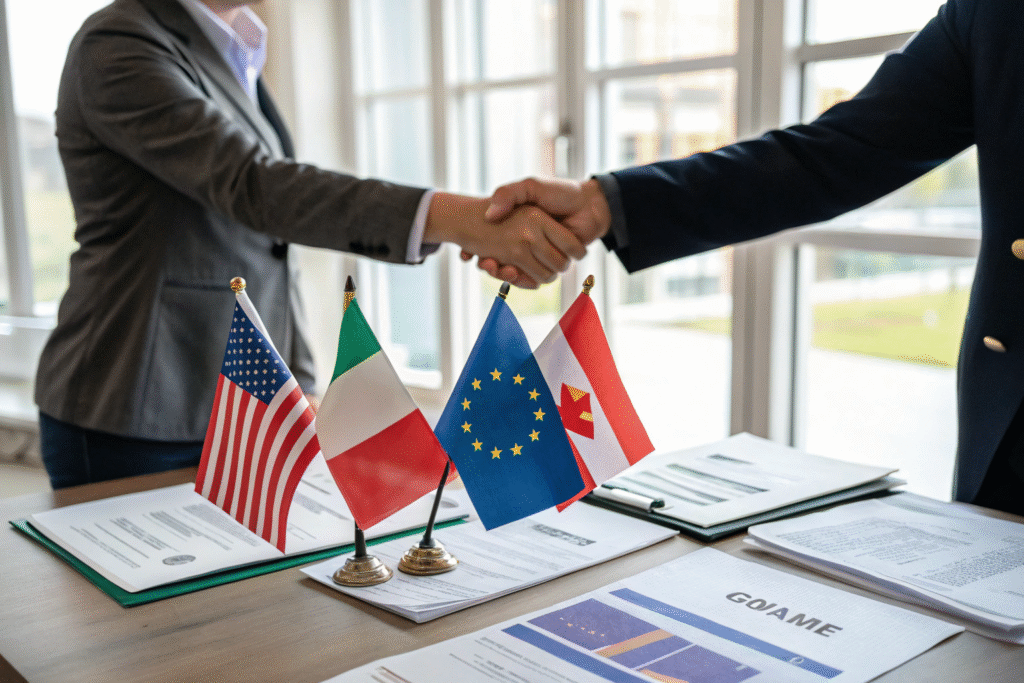
How Does USMCA Apply to Chinese-Sourced Accessories?
USMCA (formerly NAFTA) covers trade between the U.S., Mexico, and Canada. While Chinese-made products don't qualify directly, if you assemble goods in Mexico or add value there, you may benefit. For instance, packaging Chinese-made scarves into retail-ready gift boxes in a Mexican facility could meet regional value content requirements under USMCA rules.
Several of our clients ship bulk accessories to maquiladoras in Mexico, where they undergo finishing, labeling, and repackaging before U.S. entry duty-free.
Is the EU-Vietnam FTA Useful for European Importers?
Absolutely. The EU-Vietnam FTA eliminates nearly all duties between the EU and Vietnam. Many European clients choose to ship semi-finished hats or bags from us to Vietnam, where local partners perform light sewing or packaging tasks before final delivery.
By routing final export steps through Vietnam, and complying with origin rules, these clients avoid duties altogether when landing in France, Germany, or Italy.
What Is the Role of HS Codes and Product Classification?
Many businesses overpay tariffs simply because of incorrect or generic HS code classification. Understanding how customs code your product is just as important as where you ship from.
Properly classifying products using precise HS codes can unlock lower tariffs or qualify your items for special trade preferences. Incorrect classification leads to penalties or lost savings.
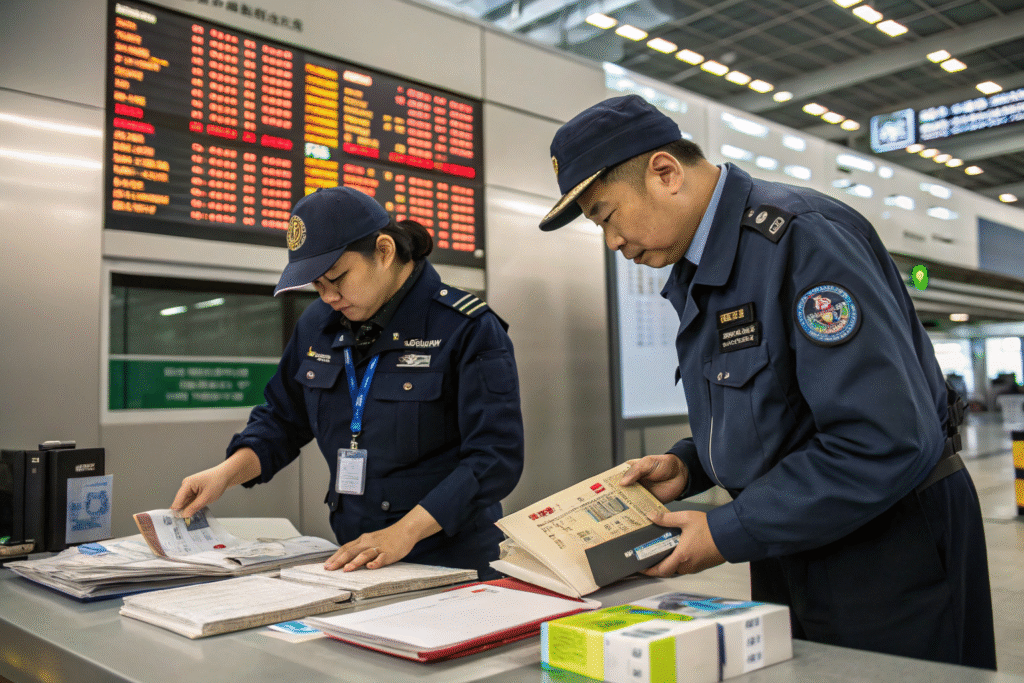
Why Is It Critical to Get HS Codes Right?
Each HS code corresponds to a tariff rate. A simple difference in product description—like labeling a belt as “fashion accessory” vs “apparel accessory”—can mean 8% or 2% duty.
We help clients proactively classify their items by providing detailed spec sheets, material breakdowns, and sample photos aligned with customs standards. We also cross-reference with U.S. ITC data to find the most favorable (but accurate) categories.
How Do You Document to Support Your Classification?
Supporting your classification means having consistent documents: invoice descriptions, packing lists, origin certificates, and spec sheets must all tell the same story.
We provide every client with harmonized documentation tailored to their HS code choice. That includes fiber content disclosures, intended usage descriptions, and bilingual certificates for China-origin goods. This speeds up clearance and reduces audit risks.
How Can Companies Strategically Reroute Supply Chains?
In today’s fragmented global economy, many brands use multi-country strategies to optimize tariffs and logistics. With the right rerouting or transshipment planning, importers can reduce effective duty rates even when sourcing primarily from China.
Companies can reroute supply chains by adding value in FTA countries, shifting final assembly, or leveraging bonded zones to delay or reduce duties. This approach is ideal for accessory brands seeking flexibility.
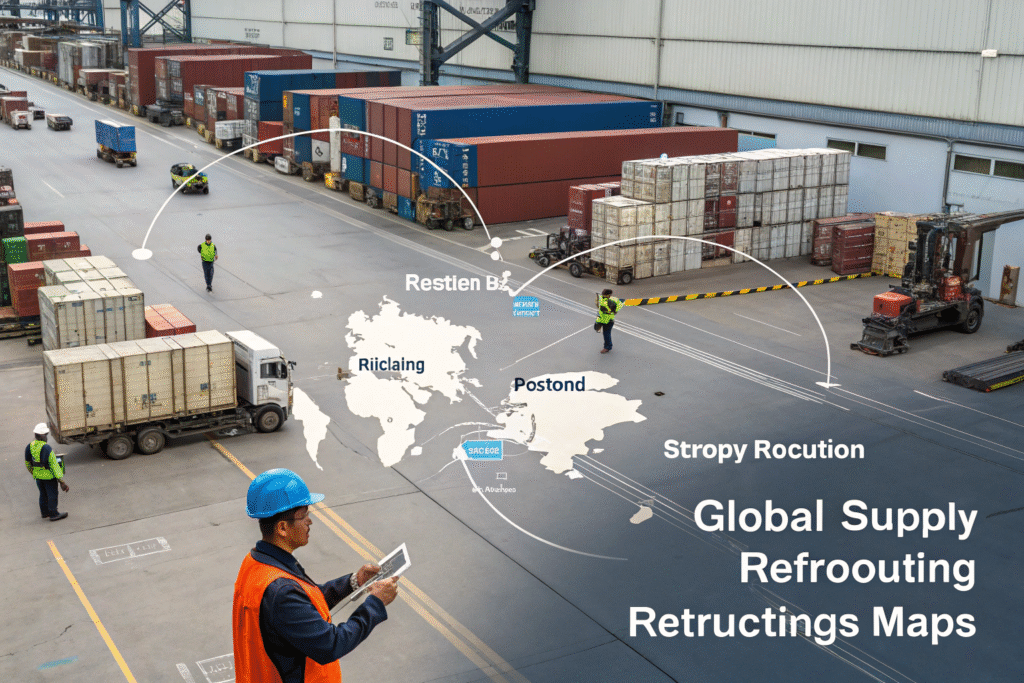
What Is Transshipment and How Does It Work?
Transshipment refers to shipping goods through an intermediate country for assembly, relabeling, or packaging before reaching the final destination. If done properly, this can meet the local transformation rules of trade agreements.
For instance, we’ve helped clients route large accessory orders through bonded warehouses in Vietnam or Malaysia, where final packaging and barcode labeling is done. This transforms the country of origin on paper, often reducing duties in the EU or North America.
However, this must comply with WTO rules of origin to avoid anti-circumvention penalties. That’s why we partner with experienced customs brokers and legal advisors.
Can Free Trade Zones in China Help?
Yes. China’s Free Trade Zones (FTZs) allow for duty suspension while goods are processed or stored. For example, accessory inventory bound for multiple destinations can be imported into a bonded warehouse in Ningbo, customized per region, and exported without paying import duties in China.
This structure supports “just-in-time” fulfillment across multiple markets. Many of our clients now warehouse seasonally packaged hats and scarves in our Zhejiang facility bonded area before final dispatch.
Conclusion
Trade agreements are no longer just for legal teams—they’re strategic tools that every sourcing manager, buyer, and brand owner should understand. By tapping into the right mix of FTA routes, transshipment plans, HS code strategies, and bonded zones, companies like yours can achieve meaningful cost savings without cutting quality or service.
At AceAccessory, we don’t just manufacture accessories—we support our clients through customs strategy, logistics planning, and cost reduction consultation. If you’re looking for a production partner who understands how to make your landed cost more competitive, reach out to our Business Director Elaine at: elaine@fumaoclothing.com. She’ll be happy to advise you on the best trade agreement path for your next accessory line.

